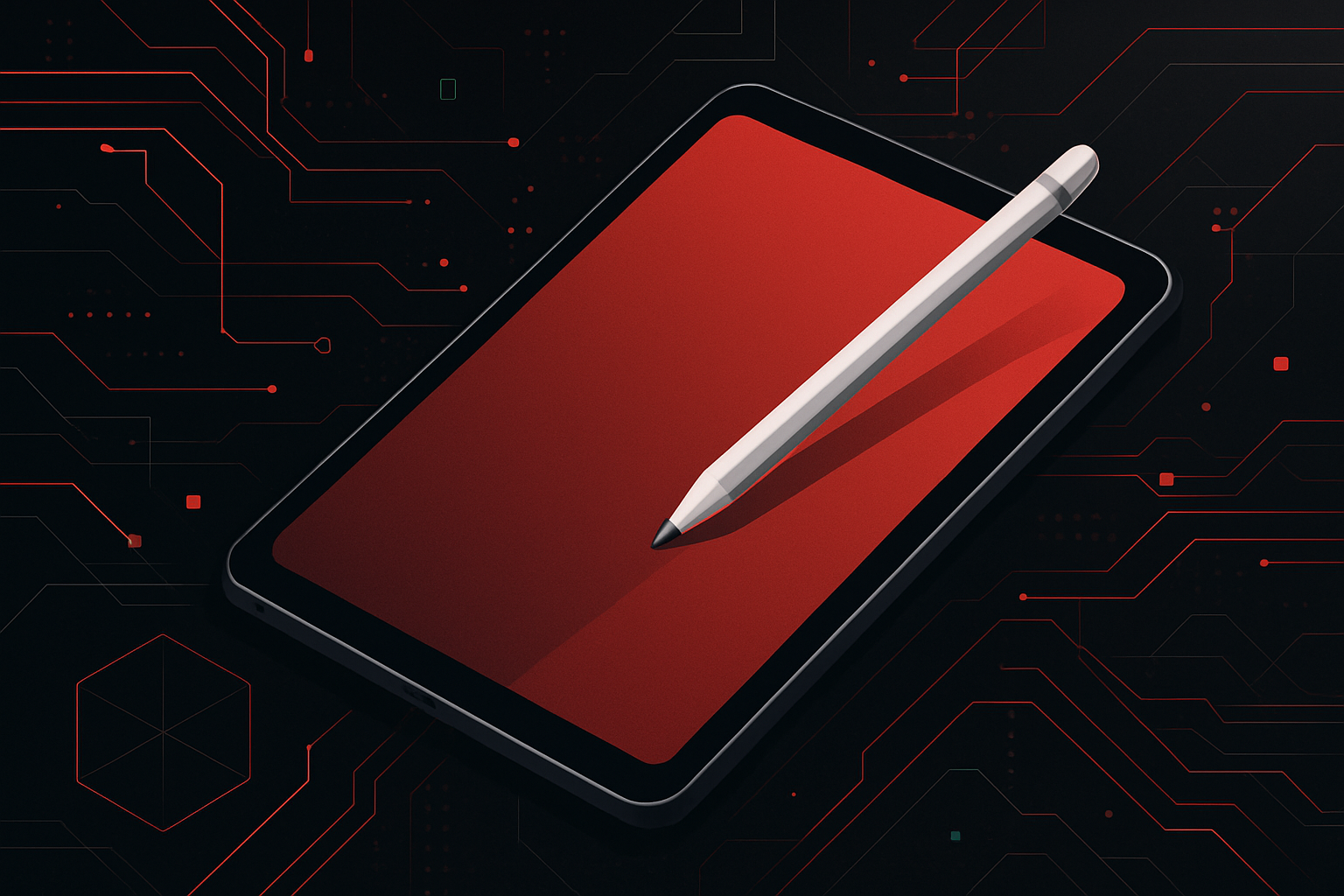Hardware Specifications Comparison
| Specification |
Steam Deck |
ASUS ROG Ally (Z1 Extreme) |
| CPU |
AMD Zen 2, 4-core/8-thread, up to 3.5 GHz |
AMD Ryzen Z1 Extreme, 8-core/16-thread, up to 5.1 GHz |
| GPU |
8 RDNA 2 CUs, up to 1.6 GHz |
12 RDNA 3 CUs, up to 2.7 GHz |
| RAM |
16 GB LPDDR5 |
16 GB LPDDR5 |
| Storage Options |
64 GB eMMC, 256/512 GB NVMe SSD, microSD |
512 GB/1 TB NVMe SSD, microSD |
| Display |
7″ 1280×800 IPS, 60 Hz, 16:10 |
7″ 1920×1080 IPS, 120 Hz, 16:9 |
| Battery |
40 Wh |
40 Wh |
| Weight |
~669 g |
~608 g |
| OS |
SteamOS 3.0 (Linux-based) |
Windows 11 |
| Connectivity |
Wi-Fi 5, Bluetooth 5.0, USB-C |
Wi-Fi 6E, Bluetooth 5.2, USB-C |
Performance Analysis
CPU and GPU
- ASUS ROG Ally leads with a more powerful Ryzen Z1 Extreme chip, which has double the cores and threads of the Steam Deck, plus a newer GPU architecture (RDNA 3 vs RDNA 2).
- Steam Deck is optimized for its hardware via SteamOS, narrowing the gap in real-world gaming for many titles, especially at native resolution.
Gaming Benchmarks (1080p where possible)
| Game |
Steam Deck (Native 800p) |
ROG Ally (1080p, 120Hz) |
| Cyberpunk 2077 |
~30-35 FPS (Medium-Low) |
~40-50 FPS (Medium) |
| Elden Ring |
~30 FPS (Medium) |
~45 FPS (Medium) |
| Forza Horizon 5 |
~35 FPS (Medium-Low) |
~55 FPS (Medium) |
| Hades (Indie) |
60 FPS |
120 FPS |
- ROG Ally excels in high-end AAA titles, especially when leveraging FSR/XeSS/other upscaling.
- Steam Deck performs well at its native 800p, often requiring lower settings for smooth gameplay.
- For indie and less demanding games, both offer a smooth experience.
Display Quality
| Aspect |
Steam Deck |
ROG Ally |
| Size |
7″ |
7″ |
| Resolution |
1280×800 (16:10) |
1920×1080 (16:9) |
| Refresh Rate |
60 Hz |
120 Hz |
| Brightness |
~400 nits |
~500 nits |
| Touch |
Yes |
Yes |
- ROG Ally offers a sharper, brighter, and smoother display, ideal for fast-paced and visually rich games.
- Steam Deck‘s 16:10 aspect ratio is great for games that benefit from extra vertical space.
Software Ecosystem & User Experience
Steam Deck
- SteamOS: Linux-based, tailored for gaming with a console-like UI.
- Proton Layer: Enables running most Windows games seamlessly.
- Limitations: Occasional compatibility hiccups with anti-cheat, non-Steam titles require workarounds.
- Modding/Sideloading: Easy to add emulators, non-Steam games, and customizations.
- Game Mode/Desktop Mode: Switch between console UI and full Linux desktop for flexibility.
Example: Adding Non-Steam Games
- In Desktop Mode, open Steam and click “Add a Non-Steam Game.”
- Browse to the game’s executable and add it.
- Return to Game Mode; the game appears in your library.
ASUS ROG Ally
- Windows 11: Full PC experience; runs any Windows game or launcher (Epic, GOG, Xbox, etc.).
- Versatility: Install productivity apps, use as a regular PC.
- Armoury Crate SE: Centralized software for performance profiles, game library, and settings.
- Drawbacks: Windows UI is not optimized for touch or handheld controls; requires configuration for best experience.
Example: Creating a Handheld-Friendly Game Launcher
- Install a third-party launcher like Playnite.
- Configure controller navigation (Settings → Extensions → Controller Support).
- Add all your game libraries (Steam, GOG, Epic, etc.).
Battery Life
| Scenario |
Steam Deck |
ROG Ally |
| AAA Game (High) |
1.5-2 hours |
~1.5 hours |
| Indie/2D Game |
4-6 hours |
4-5 hours |
| Streaming |
6-8 hours |
6-8 hours |
- Both devices have similar battery capacity and battery life.
- ROG Ally‘s higher performance can drain the battery faster at high settings.
- Steam Deck offers more aggressive TDP and performance settings for battery optimization.
Tip: Extending Battery Life
- Lower screen brightness.
- Enable frame rate or TDP limits in system settings.
- Use AMD FSR (on Deck) or Radeon Super Resolution (on Ally) for upscaling at lower internal resolution.
Expandability and Accessories
| Feature |
Steam Deck |
ROG Ally |
| Storage Upgrade |
User-replaceable SSD, microSD |
User-replaceable SSD, microSD |
| Docking |
Official Dock, USB-C hubs |
Official dock, USB-C hubs, XG Mobile eGPU |
| External GPU |
No official support |
XG Mobile eGPU (proprietary port) |
- ROG Ally can connect to ASUS XG Mobile eGPUs for desktop-class performance.
- Both support external displays, controllers, keyboards, and mice via USB-C/BT.
Price & Value
| Model |
Price (USD) |
| Steam Deck 64 GB eMMC |
$399 |
| Steam Deck 256 GB NVMe |
$529 |
| Steam Deck 512 GB NVMe |
$649 |
| ASUS ROG Ally (Z1 Extreme) |
$699 |
| ASUS ROG Ally (Z1 Non-Extreme) |
$599 |
- Steam Deck offers a lower entry price, especially for the 64 GB model.
- ROG Ally is priced closer to the higher-end Steam Deck and offers more raw power and a better screen for the money.
Practical Recommendations
- For Console Simplicity and Steam Integration: Steam Deck is ideal, with a streamlined interface, strong community support, and easy modding/emulation.
- For Ultimate Performance and Flexibility: ROG Ally is superior for users wanting Windows ecosystem access, higher performance, and a premium display, at the cost of a more complex setup.
Quick Setup: Running Emulators
Steam Deck
- Install EmuDeck via emudeck.com.
- Follow prompts to install and configure emulators.
- Add ROMs; EmuDeck auto-populates Steam library entries.
ROG Ally
- Download and install RetroArch or EmuDeck for Windows.
- Add ROMs and configure controllers in the emulator UI.
- Optionally, add shortcuts to Playnite or Armoury Crate.
Firmware Updates & Community Support
- Steam Deck: Frequent updates via Valve, vibrant modding and support community, integrated bug reporting.
- ROG Ally: Regular BIOS and software updates from ASUS, growing but less centralized community, more reliance on Windows troubleshooting.
Summary Table: Best Use Cases
| Use Case |
Recommended Device |
| Plug-and-play gaming |
Steam Deck |
| Highest performance in AAA titles |
ROG Ally |
| Emulation and retro gaming |
Steam Deck |
| Multi-storefront/library management |
ROG Ally |
| PC tasks beyond gaming |
ROG Ally |
| Budget-friendly option |
Steam Deck (64 GB) |
| Modding and open-source tinkering |
Steam Deck |






0 thoughts on “Steam Deck vs Asus ROG Ally: Which Handheld Console Wins?”